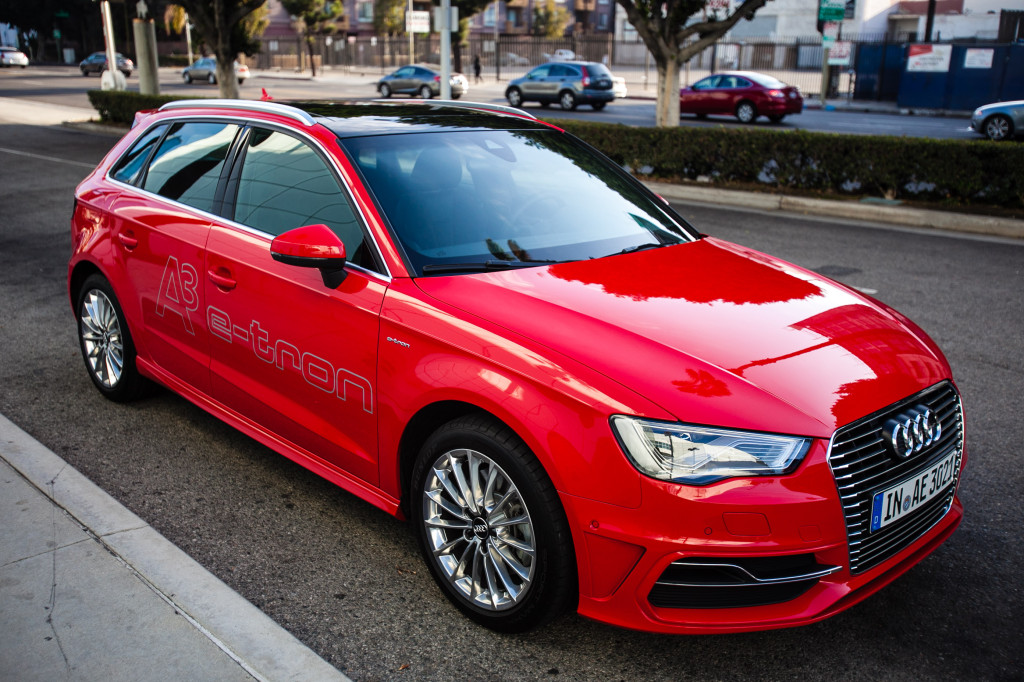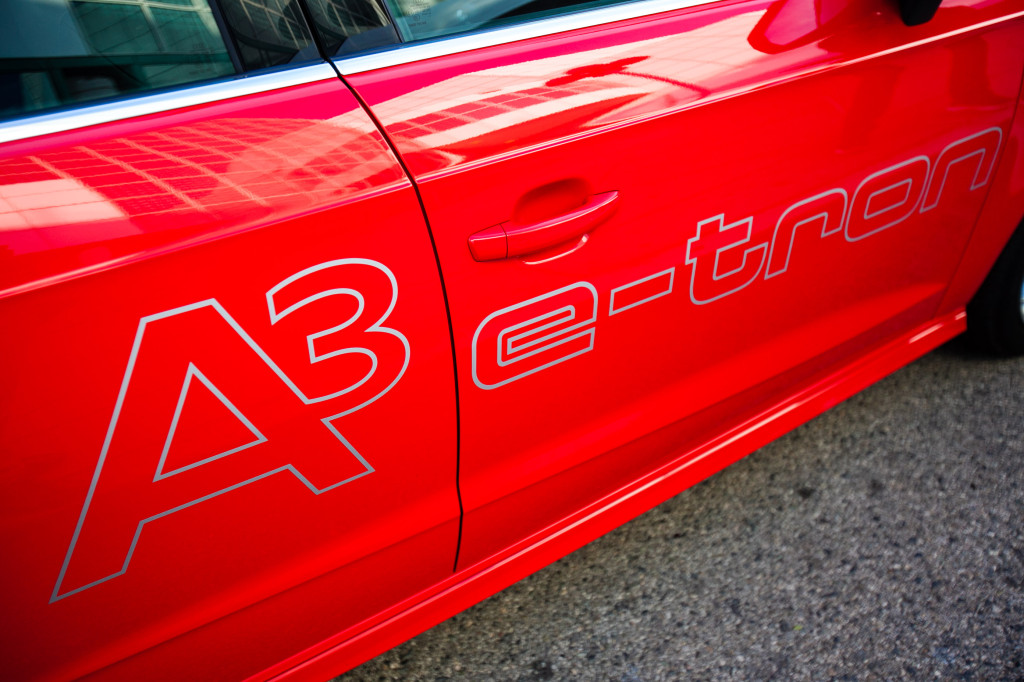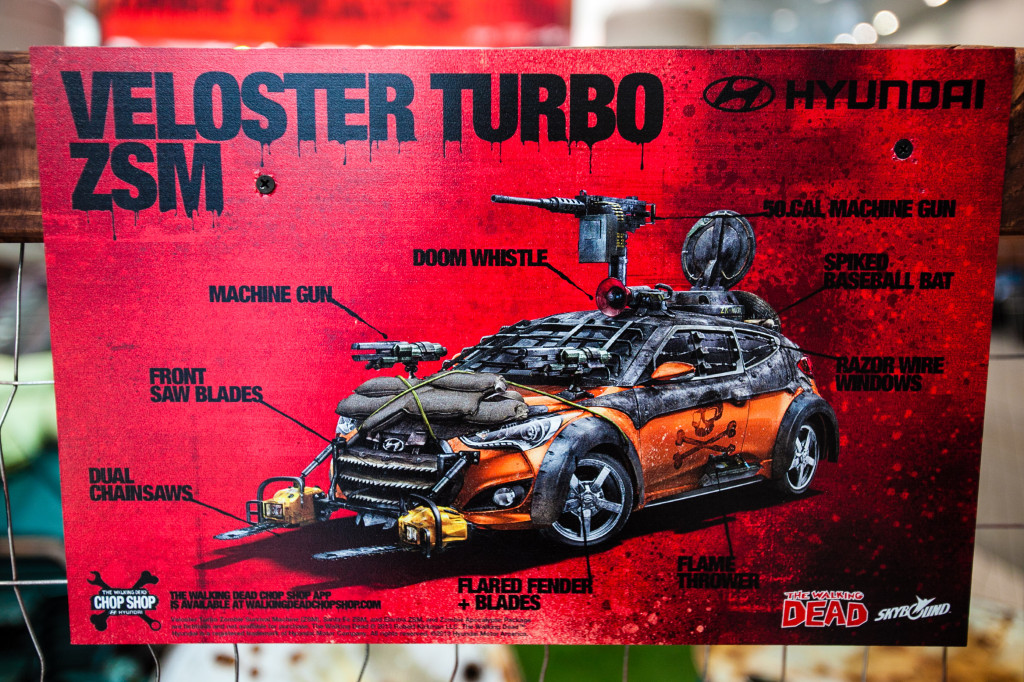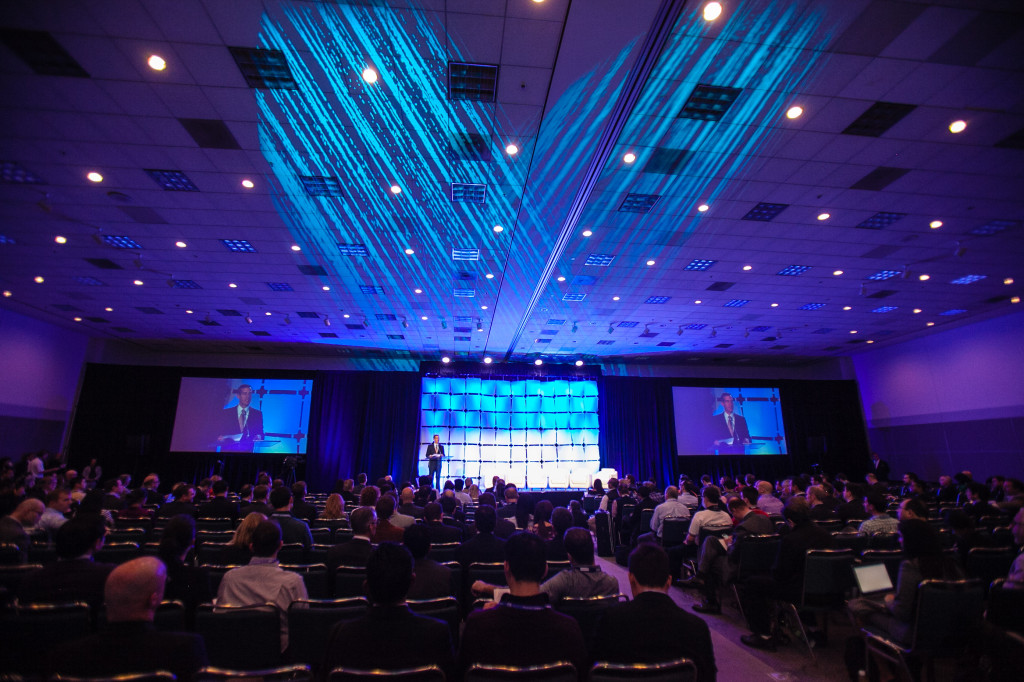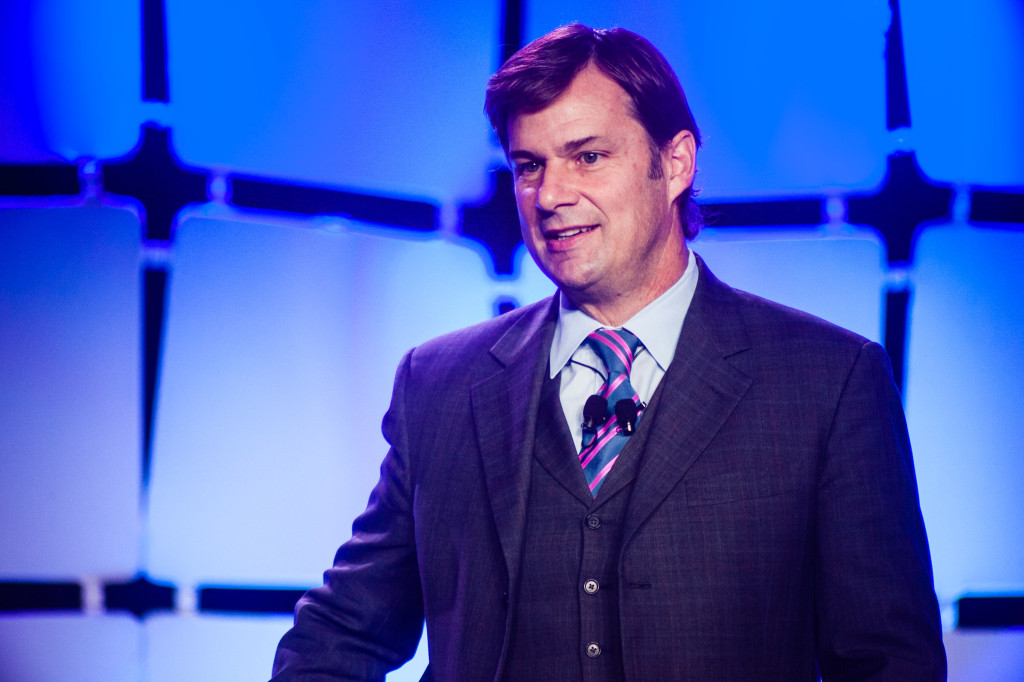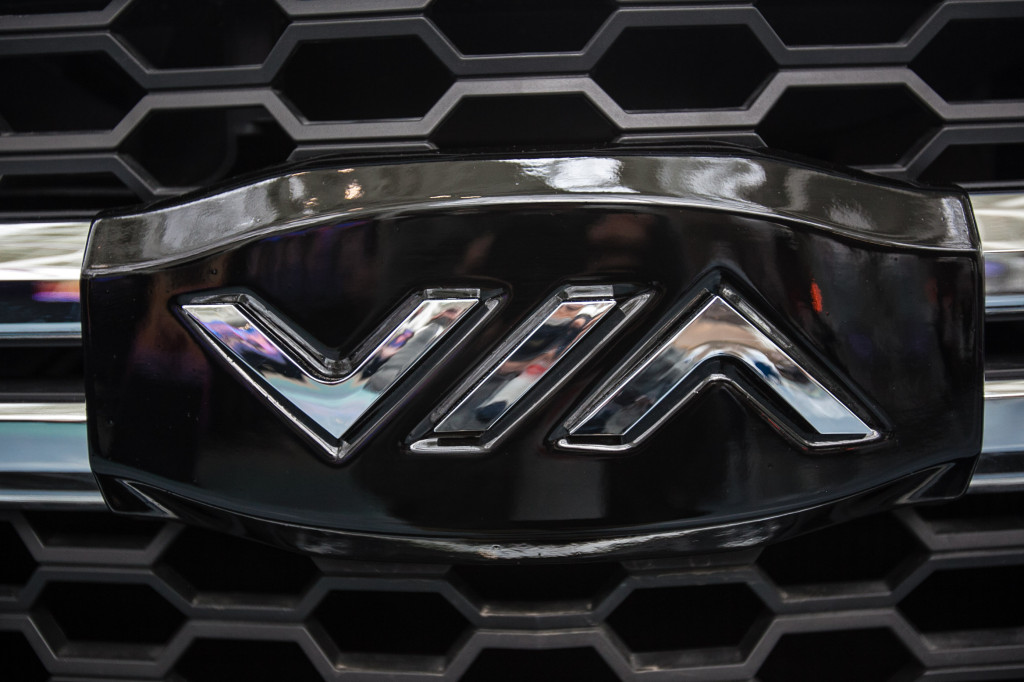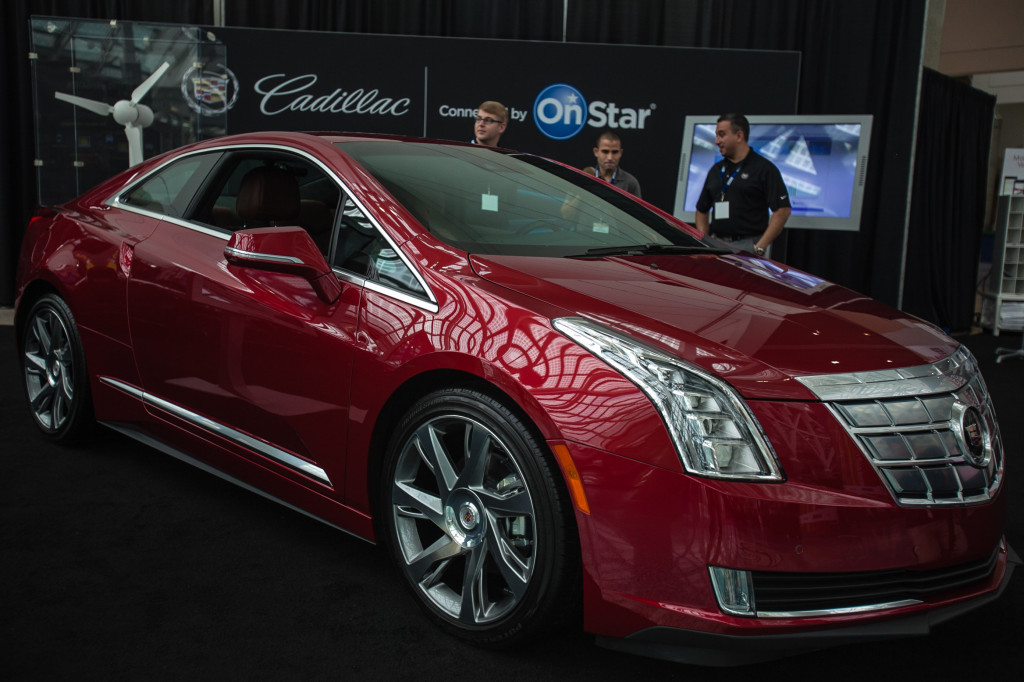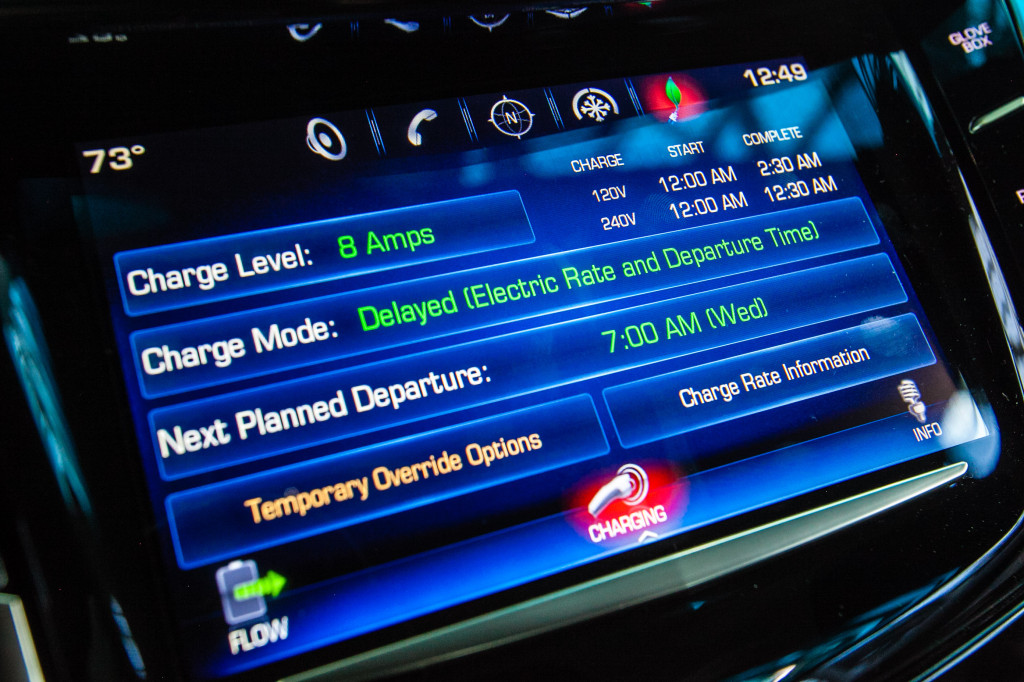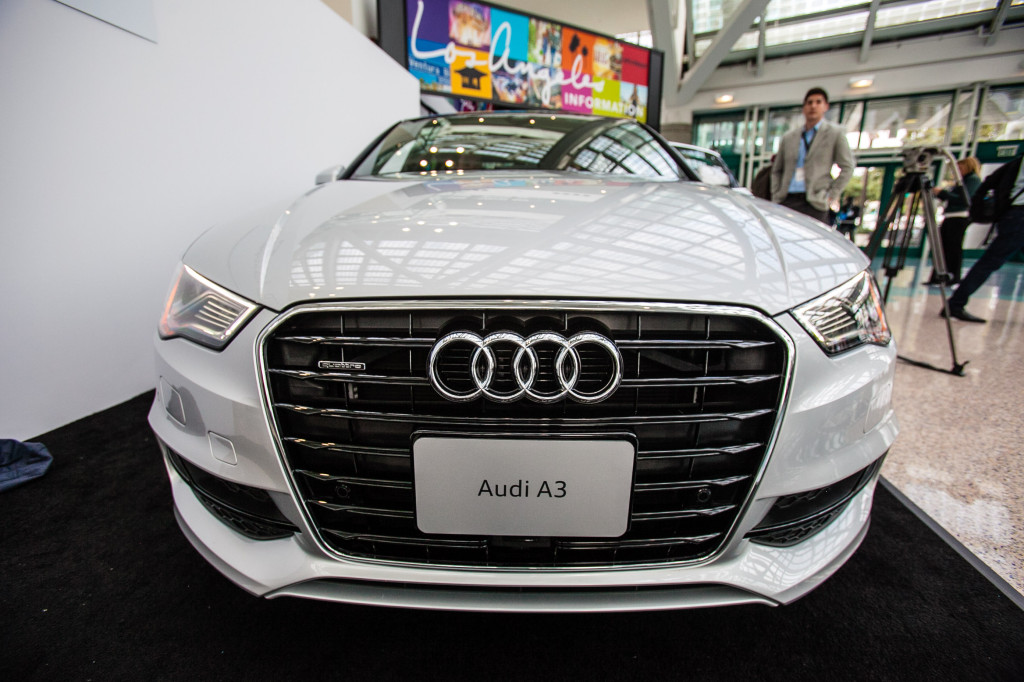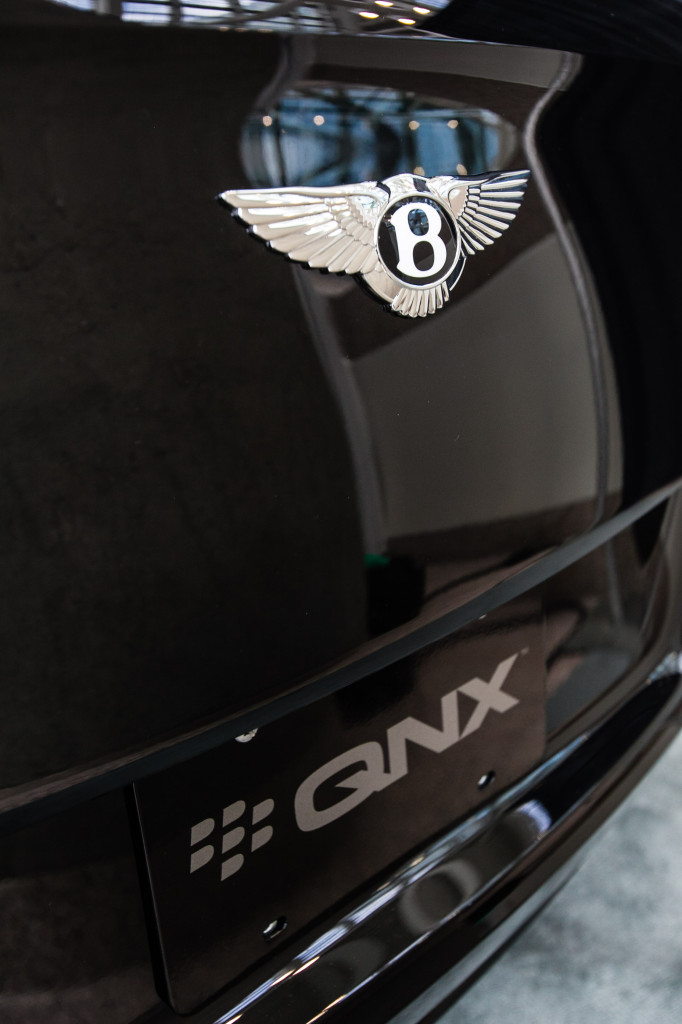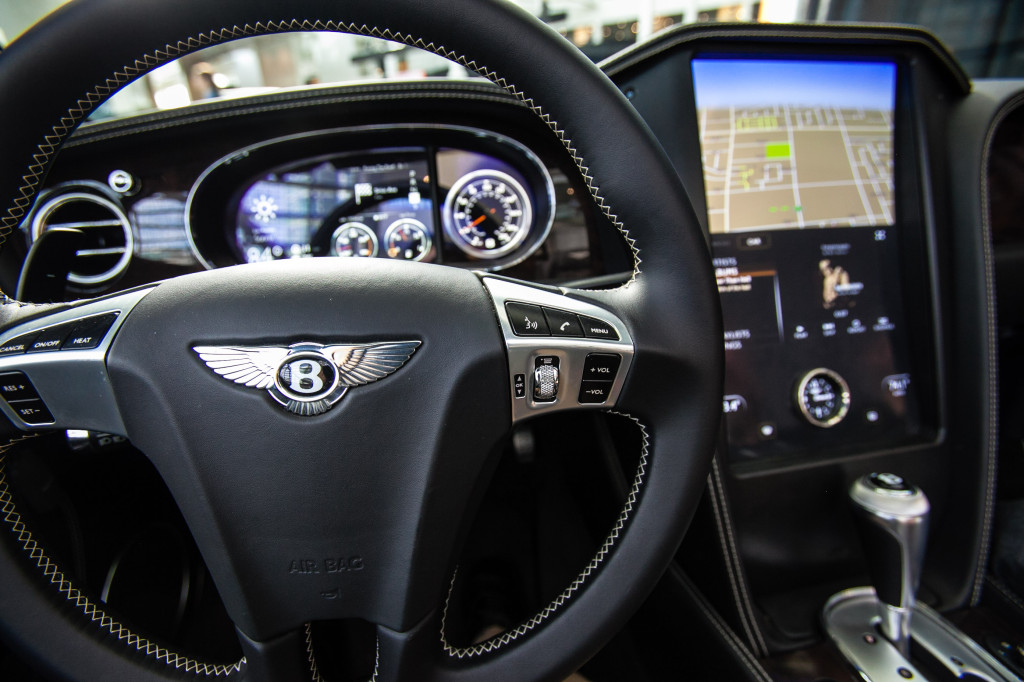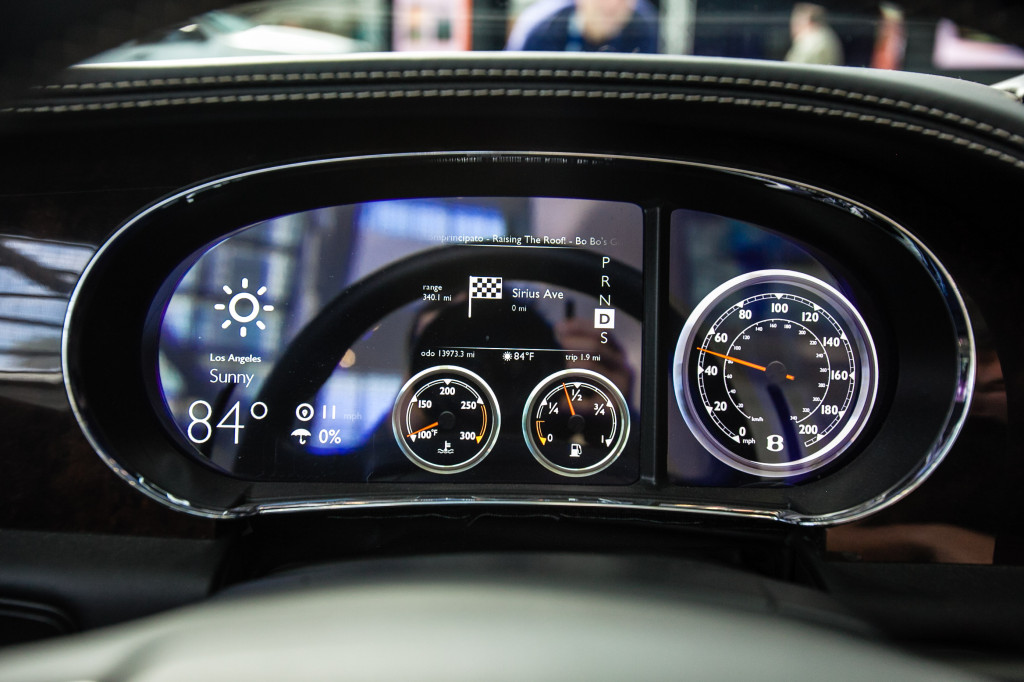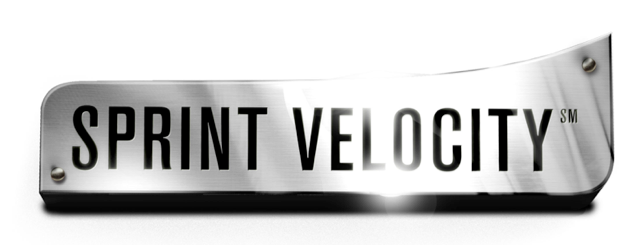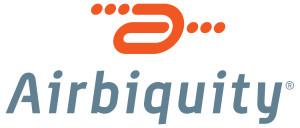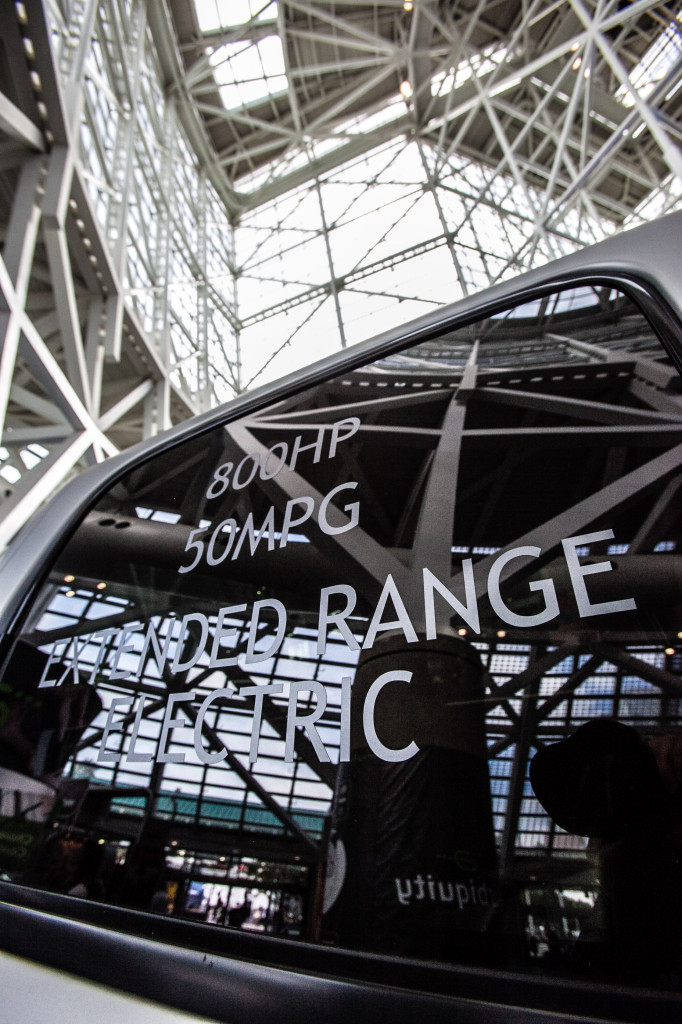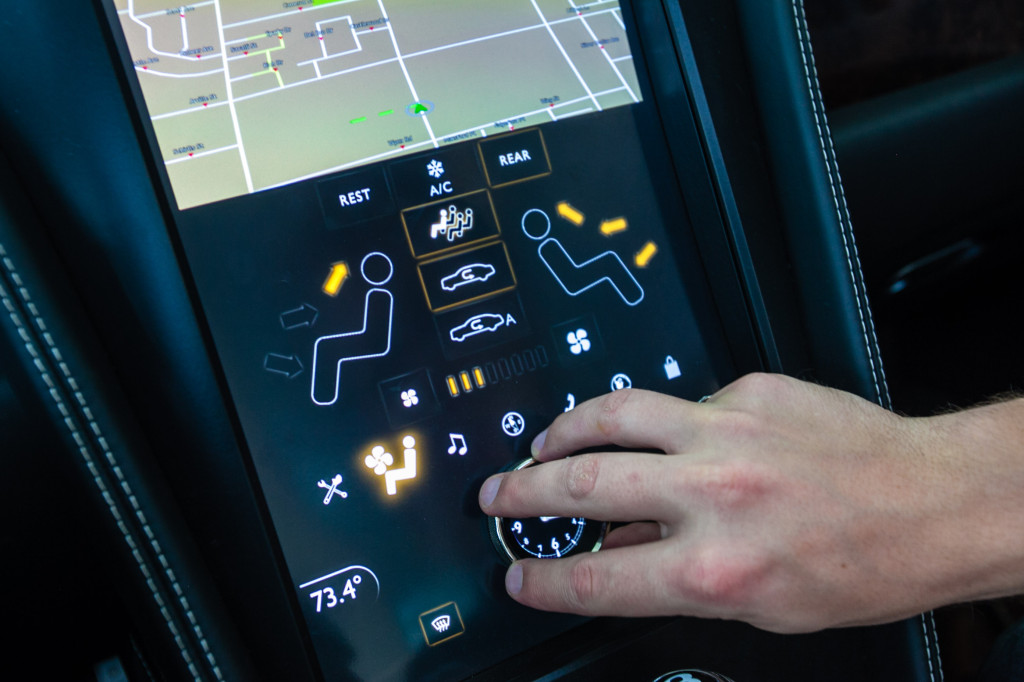A Look at the Future: The Connected Car Expo
 You hear the words connected car and your imagination runs wild. Unmanned vehicles, flying transporters, hyperloop capsules, and automated cars, delivered at the touch of a button. It’s the future. It’s what the Jetsons promised us. But let’s be real we’re a long ways away. Luckily though, we are taking notable steps forward.
You hear the words connected car and your imagination runs wild. Unmanned vehicles, flying transporters, hyperloop capsules, and automated cars, delivered at the touch of a button. It’s the future. It’s what the Jetsons promised us. But let’s be real we’re a long ways away. Luckily though, we are taking notable steps forward.
Enter the first official Connected Car Expo at the LA Auto Show (LAAS).
Having operated as an ancillary event to the LAAS’s main festivities, this year’s Connected Car Expo was the first finite step on the road towards the connected car. That dream, is a concept of the ultimate driving (and non-driving) experience, where cloud-based intelligence can be utilized to make transportation efficient, maximize road safety, and create technologically immersive driving experiences.
Through a series of panels, discussions, and exhibitions we got a good glimpse into automotive’s future. Though the LAAS showroom displayed a strong injection of technology, the story there was as always, focused on green. At CCE, the goal emphasis is on interface, connectivity, and seamless use of new technologies to improve the driving experience.
As smartphone users, we know our devices are with us every step (or mile) of the way. We use our phones to navigate, communicate, shop (yes, sometimes), all while on the go. That much is obvious. But how do we bridge the gap between convenience and safety? In a 2011 CDC report, nearly 67% of U.S drivers aged 18-64 reported talking on their cell phones while driving. Compound that by the exponential growth of smart devices from 2011-2013, we’re looking at a need for rapid development in the next few years.
Drivers are becoming more distracted and inattentive but fortunately there’re both small and large players in the industry like Airbiquity and Sprint: Velocity who’re working on sophisticated solutions to connect us to our automobiles in a seamless and safe manner (more on these companies below).
CCE’s fully-stacked lineup included the following events:
- Welcome address by LA mayor Eric Garcetti
- Keynote address by Jim Farley (Ford Motors CMO) and Tarun Bhatnagar (Director of Google Maps for Business)
- Infotainment Standard Time – One for All or Every Automaker for Themselves?
- Splunk Fastpitch – Auto tech Entrepreneur pitch hour
- Audi Press Conference
- Overcoming the Distracted Driving Roadblock
- Is Big Data the Next Big Thing?
- Technology Takes the Wheel – Our Autonomous Driving Future
- The Future of Transportation through Technology
- How Entrepreneurs Will Change the Automotive Industry
*Bolded items discussed within this article*
Above and below, Co-Keynoters, Ford Motors CMO: Jim Farley and Google Maps Director Tarun Bhatnagar take their places on stage to discuss the diminishing production gap between automotive and tech. Jim opened up with his thoughts on concept and communication. As we know, the automotive industry’s development cycle averages around 4-5 years and isn’t known for their ability to make rapid changes, especially when compared to tech.
When you think of the scale that large auto-makers operate at, it’s easy to forget the sheer amount of voices needing to be answered when discussing implementing new technologies. New tech means learning curves and potential distractions, and maintaining safety is something the auto guys have regularly muddled with for years.
Jim rounds out his speech by beseeching his peers in the tech sector. “We know we need to communicate more” he says, and in many instances, mobile developers also need to open themselves up to automotive needs in regards to safety and production.
Note: We had an opportunity to sit down with Jim later for a great one-on-one interview. Look out for it!
Tarun Bhatnagar echoes Jim’s thoughts with his Google perspective. Tarun opens with a statement on the straightforwardness of their goals: to maintain the quality of their offerings and ensure mass adoption of Google’s products.
Therein lies the message from Farley’s statement. Though Google does well integrating with their partners, the tech sector is more than filled with hundreds to thousands of start-ups and tech ventures, busy app-building, with the sole purpose of fostering user download and use. We’d believe offering consumers as many options as possible is a benefit of course, but it’s worthy to consider just how far this gets us towards the reality of the connected car.
Tarun rounds off his speech with the same message Jim proposed a moment earlier. He states that while Google’s made some great strides in the last 8 years, he sees a promising future with even more innovation and a higher integration of automotive and technology. But at the center of it all, requires clear, up to date information, and a higher need to adopt safety standards.
Communication is Key
Much of CCE’s programming (opened up in the Keynote) centered around big data and feedback. We live, work, and play on our devices in our cars and have been continuously looking for new seamless solutions to connect with our automobiles. From green tech to automated driving, the conversation around cloud-based data gathering wasn’t just prevalent, it was the focal point for multiple topics.
While green was a huge message at this year’s LAAS (by the way, something about VIA’s fleet – their solar powered truck and 800hp 50mpg torque monster stirred my heart in funny ways), the Cadillac ELR pictured above showed us the extent of GM’s On-Star capabilities and its emphasis on cloud-based computing to push our journey into the connected car of the future.
Cadillac’s extended range ELR luxury coupe has a smart charge system that communicates with On Star’s systems and local power grids to charge at optimal times (middle of the night, or when grid systems change over to renewable energy sources).
Though it’s interesting to consider the challenges we face when big data becomes a continually larger part of the driving experience. As we hook up our mobile devices to our cars, or use proprietary data systems like On Star, we’re continually feeding our driving data into the cloud. Destinations, routes, tracking, even shopping and social aspects, it’s a lot of information to gather, store, and ultimately keep secure.
So whose property does it become in the end? Automotive? Tech? It’s an interesting discussion, prompted at multiple times throughout the day.
A Generation of Distracted Drivers
So with data exchange at the center, we start to get a better picture of just how close we are to the future of the autonomous car. We’ve seen the videos of Google and BMW‘s self-driving projects. But realistically, how safe would something like this be? Probably one of my favorite panels of the day, the “distracted driving” panel consisted of great minds and decision makers in this very field:
- David L. Strickland, Administrator, NHTSA
- Mitch Bainwol, CEO, Alliance of Automobile Manufacturers
- Bruce Mehler, Research Scientist, MIT AgeLab and the New England University Transportation Center
Most interesting was seeing the perspectives of the three viewpoints, the regulatory view (NHTSA) which almost sound as if they’d just be happier if everyone left all mobile devices at home, technology (Google) which seeks mass adoption, and the automotive (Ford), looking to balance the two. A crucial issue as mobile devices continue to become more integrated, since at the heart of the discussion, lives are at stake.
To continue the discussion about distracted driving, it’s definitely important to note the default state for many of us in the car. Hands on the wheel, eyes forward, and well, mobile device on the lap. And as much as we can deny it, most of us will text, answer emails and calls, and navigate with our phones.
So why not come up with solutions that will allow us to better integrate our mobile devices into our cars? Maybe provide more in-depth levels of functionality. And that’s just what companies like Sprint Velocity and Airbiquity are aiming to do.
Sprint Velocity offers hardware support solutions for auto-makers and manufacturers. Their Velocity Connect platform connects to cars via the car’s onboard systems (TCU & OBD-II) with the assistance of in-dash head units to enable connectivity to their open, cloud-based architecture. As a result, they can customize tech solutions to different automakers and service providers (including car major rental companies) and deliver car connective solutions that include media & entertainment to information feedback and diagnostics.
On the flip side of the coin (same goal, different methods) is Airbiquity who operates as the world’s largest mobile integration company. Their systems utilize OEM head units and bluetooth connectivity to interface with mobile devices. User data and their centralized cloud database work together to provide you an in-dash display of 3rd party apps that you, as a driver, use on a regular basis. From entertainment to social media, Airbiquity’s aim is to provide an easy and seamlessly connected network of apps to enhance the driver’s experience.
With some big announcements offered at CCE, Airbiquity has just been named as Nissan’s official partner for mobile integration software, starting with the 2014 Altima. More vehicles are expected to come in the future as Airbiquity continues to build their technology portfolio and app ecosystem.
We had a great time testing out the Airbiquity system in their exhibit car, a plucky little Nissan Rogue. Our mobile devices hooked up quickly and seamlessly, and we were streaming Pandora at the touch of a few buttons on the dash in little to no time.
Visit Airbiquity to learn more!
Onward to the Future
Which brings us to the final question of today’s discussion. Just how far are we from the connected, automated car?
Imagine the scenario: You exit the building and step out on the sidewalk. Open an Uber-like app on your mobile device. The next available vehicle is 2 miles and 5 minutes away from picking you up. When you step into the driver-less car, the climate and music settings are changed immediately to the last time you’d ordered a vehicle. You’re able to relax and answer messages. But here comes a small hiccup.
The real-time GPS data is telling you there will be some slight traffic (because we’re in LA after all), you’re going to be an additional 5 minutes late, but no problem. You tell ‘the car’ to reschedule your meeting and notify your client. And this whole time, your mobile device has never left your pocket.
It’s an amazing sci-fi scenario, made possible with the countless moving pieces we’ve been discussing throughout CCE. Personal (but anonymous data) needs to be transmitted through cloud based services, which also interface through our mobile devices, and most importantly, to make it a reality, the automaker and technology companies need to work together to create standardized practices and developments while working within NHTSA’s regulatory policies.
According to one of the most compelling panels of the day on autonomous driving, Ron Medford, the Director of Safety for Google’s self-driving car program says by 2020, 60-80% of cars in the US will have connectivity to the outside world. Medford sees the next few decades as an iterative process.
We’re not going to go from where we are now to the autonomous car overnight, but we’ll be seeing the iterative process develop as we go from fully engaged drivers to partially engaged drivers.
But of course, there lies the looming danger of safety and accidents. Today, we’re measuring ~53 million auto crashes per year. And as we become more deeply ingrained with our devices, we’ll undoubtedly start to see these numbers change in interesting ways. But from what we’ve seen at the first ever Connected Car Expo, we’re certainly on the right road.








